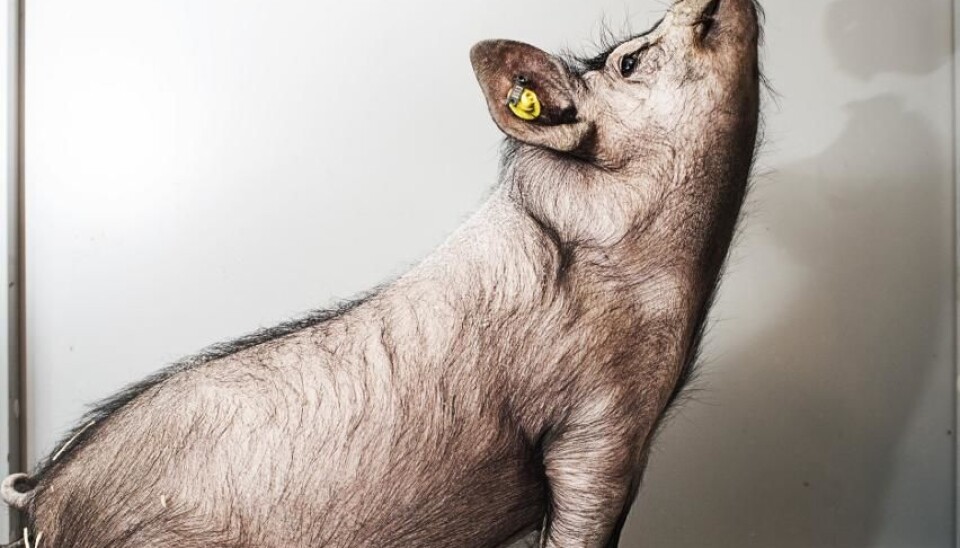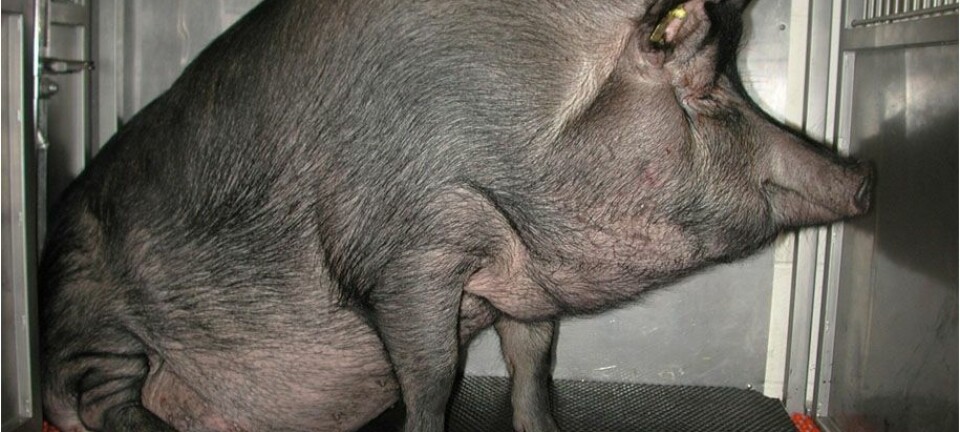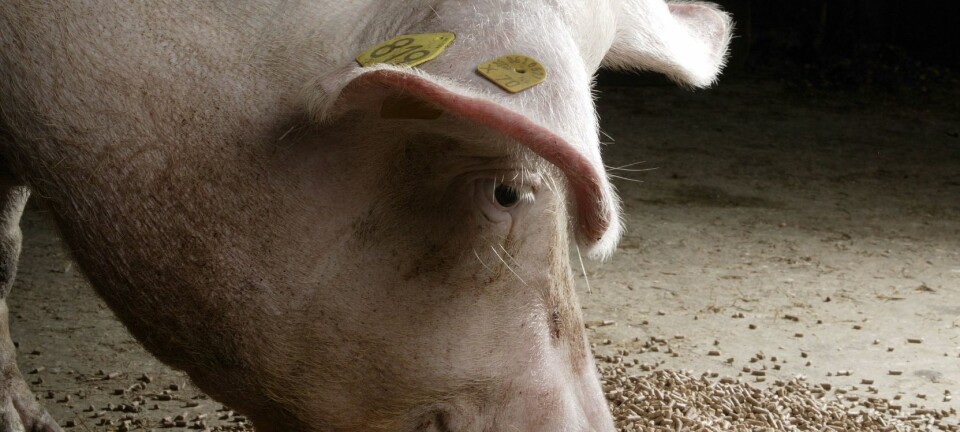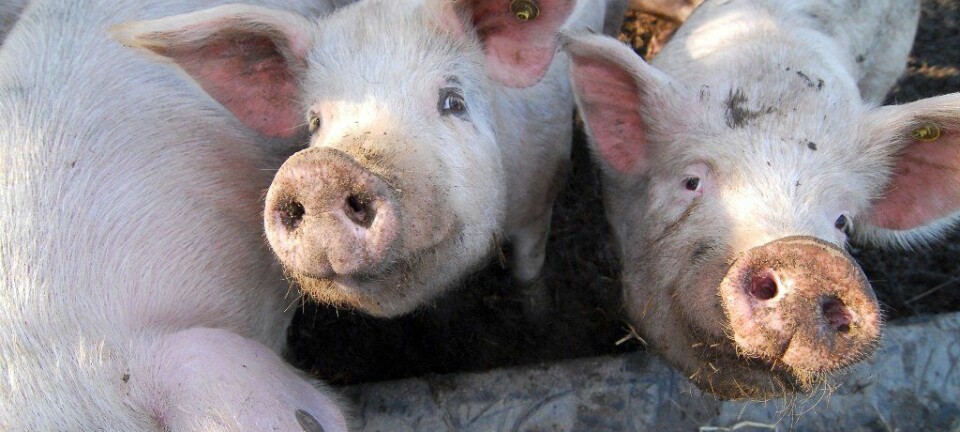
Cloned pigs help fight human killer disease
Scientists have created a genetically modified pig that can develop human-like atherosclerosis. This may lead to completely new possibilities for diagnostics and treatment of this deadly disease.
Atherosclerosis is one of the world’s leading killers. The disease, also known as hardening of the arteries, can affect any artery in the body. As a result, different diseases may develop based on which arteries are affected.
New Danish research now makes it possible to study the development of atherosclerosis in genetically modified pigs.
It is hoped that this can lead to improved diagnoses, prevention and treatment of the disease.
”Atherosclerosis is a paradox for researchers: we know a lot about why the disease occurs, it develops very slowly and we have preventive treatment that works well provided that it’s started early enough. And yet it’s one of the leading causes of death worldwide,” says Jacob Fog Bentzon, an associate professor at Aarhus University’s Department of Clinical Medicine, who headed the new study, which is published in Science Translational Medicine.
With the genetically modified pig, the researchers hope to solve this paradox and translate some of the existing knowledge into effective diagnosis and treatment.
Cloned pig develops atherosclerosis
The model developed by Bentzon and his colleagues is intended to bridge the gap between the knowledge we have from basic research into the mechanisms underlying atherosclerosis and the medical diagnostic and treatment methods.
This bridge is a cloned pig, genetically engineered by the researchers so that it has familial hypercholesterolemia – a hereditary disease that causes severely elevated cholesterol levels.
By giving the pigs extra fat feed in the first year of their lives, the pigs develop atherosclerosis, very similarly to how it develops in humans.
“What we need in our fight against atherosclerosis are some ways of measuring the amount and activity of atherosclerosis,” says Bentzon.
“We currently don’t have any good method for assessing whether a person’s atherosclerosis develops so fast that the person will experience problems with it in his or her lifetime and will require prevention.”
In this respect, the problem is similar to the one that prostate cancer researchers are fighting.
Here the researchers also know that a vast majority of men have incipient prostate cancer when they reach a certain age, but they have no methods to find out which men have aggressive prostate cancer and which will never experience problems with it.
A world’s first
Researchers have so far mainly studied atherosclerosis in genetically modified mice. But the rodents are simply too small to develop many of the methods that are required for studying and treating humans.
The main reason the Danish researchers wanted to create a genetically modified pig was the need for a laboratory animal that is large enough to form the basis for the development of some scanning techniques that can look into the vascular system and see how the atherosclerosis develops.
It is hoped that the new method will give doctors a chance to develop new and effective drugs, and that it will now be easier to target the existing forms of preventive treatment to the right patients.
“We now have the first genetically modified pig with atherosclerosis,” says Bentzon.
“It can be used to test drugs, medical equipment such as stents and balloons that expand the blood vessels after blood clots, diagnostic methods with scanners and much more. We haven’t had the chance to work with techniques like this before.”
-----------------------------
Read the Danish version of this article at videnskab.dk
Translated by: Dann Vinther













